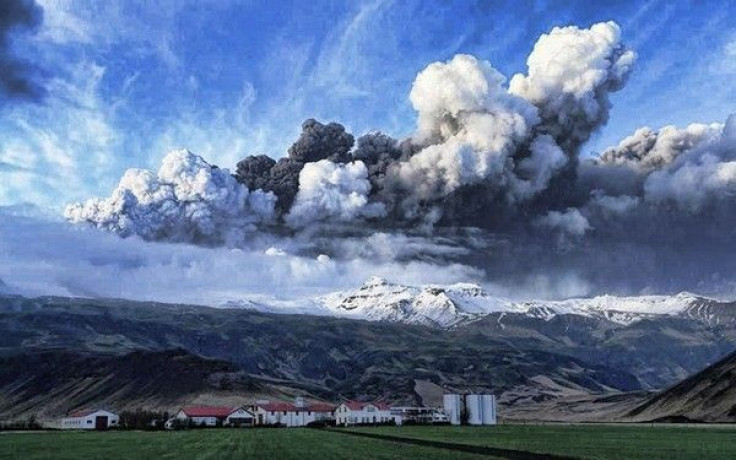Aviation over volcanic regions to become easier

In a development that comes as a huge relief to travellers passing through regions of volcanic activity, researchers have found a new way of tracking volcanic ash cloud.
The eruption of the Icelandic volcano in April this year resulted in a giant ash cloud, which brought international aviation to a temporary standstill, resulting in chaos as tens of thousands of travellers were left stranded.
The explosive eruption produced a tephra plume extending to an altitude of over 9 km.
During significant volcanic activity, the ash plume was sufficiently electrified to generate lightning that can be detected using the very low frequency radio pulses at distances of thousands of miles, the researchers said.
The measurements suggest a general correlation between lightning frequency and plume height. A minimum plume height for lightning generation of sufficient strength to be detected was shown to be 5 km above sea level, the study found.
When a plume becomes sufficiently electrified to produce lightning, the rate of lightning generation provides a method of remotely monitoring the plume height, offering clear benefits to the volcanic monitoring community, said the researchers.
The presence of ice in the plume may be an especially important factor in the generation of lightning strokes with sufficiently high peak current to be detected, which will be the subject of further investigation, they added.
The study was published in the Institute of Physics (IoP) periodical, Environmental Research Letters.
© Copyright IBTimes 2024. All rights reserved.











